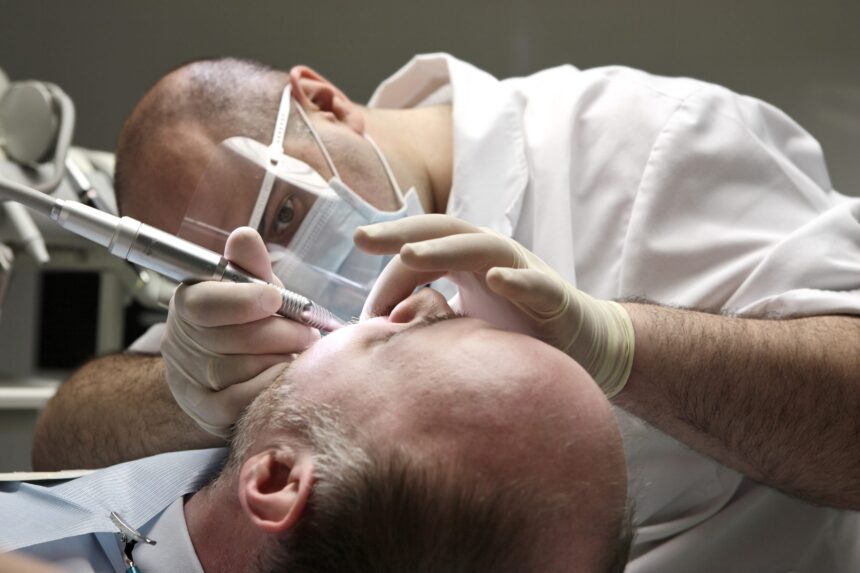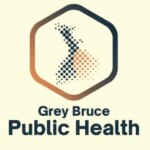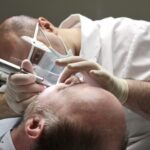In a troubling development for Canadians seeking complex dental treatments, nearly half of all claims submitted under the new federal dental care program are being rejected, according to recent data from Health Canada. The Canadian Dental Care Plan (CDCP), launched with promises of expanding access to essential oral healthcare for underserved populations, now faces mounting criticism as patients encounter significant hurdles in receiving coverage for necessary procedures.
“We’re seeing unprecedented rejection rates for treatments that many dentists consider medically necessary,” says Dr. Elaine Wong, president of the Canadian Dental Association. “Patients who were told they would finally receive care are now facing thousands in out-of-pocket expenses despite qualifying for the program.”
Health Canada officials confirm that approximately 48% of complex care applications have been denied since the program’s implementation in May. These rejections primarily affect procedures including root canals, crowns, bridges, and specialized periodontal treatments—interventions often crucial for preventing more severe health complications.
The denials stem from what many healthcare advocates describe as overly restrictive interpretation of “medical necessity” within the program guidelines. Internal documents obtained through freedom of information requests reveal that assessors are following particularly narrow criteria when evaluating complex care claims, resulting in a significantly higher rejection rate than was projected during the program’s development phase.
For Toronto resident Michael Lapointe, 67, the rejection came as a devastating blow. “I waited months to get into the program, only to be told my root canal and crown wouldn’t be covered despite my dentist saying it was necessary to save the tooth,” Lapointe explained. “Now I’m facing over $2,000 in treatment costs I simply can’t afford on my fixed income.”
The Canadian Dental Care Plan was introduced as part of a broader healthcare initiative aimed at addressing significant gaps in Canada’s medical system. Initial estimates suggested the program would provide comprehensive dental coverage to approximately 9 million Canadians who previously lacked dental insurance, with a particular focus on seniors, low-income families, and persons with disabilities.
However, the implementation has proven more complicated than anticipated. Provincial dental associations across the country report growing frustration among practitioners who must navigate cumbersome bureaucratic processes while explaining rejections to disappointed patients.
“The administrative burden alone is causing some dentists to reconsider participating in the program,” notes Dr. James Chen, who operates three dental clinics in Vancouver. “We’re spending hours on paperwork only to have legitimate treatments denied. It’s affecting our ability to deliver timely care.”
Health Minister Mark Holland has acknowledged the concerns in a recent press conference, stating that his department is “actively reviewing the approval criteria” after receiving feedback from dental professionals and patient advocacy groups. “We recognize there are growing pains with any new national program of this scale,” Holland said. “Our commitment to expanding dental care access remains firm, and we will make necessary adjustments.”
The impact extends beyond individual patients to Canada’s broader healthcare system. Research consistently shows that untreated dental issues frequently lead to emergency room visits and more serious health complications, placing additional strain on already overtaxed medical resources.
Dr. Samantha Patel, a health economist at the University of Toronto, emphasizes this connection: “When we deny necessary dental treatments, we’re essentially shifting those costs to other parts of our healthcare system. Patients with untreated dental infections often end up in emergency departments, requiring more intensive and expensive interventions.”
Patient advocacy groups are pushing for immediate reforms, including clearer guidelines around medical necessity determinations and an expedited appeals process for rejected claims. The Canadian Association for Public Health Dentistry has called for an independent review of the denial patterns to ensure program objectives aren’t being undermined by overly restrictive interpretations.
As political pressure mounts, provincial governments are also weighing in, with several premiers calling for federal officials to streamline the approval process and provide additional funding to address the backlog of denied claims currently under appeal.
The situation raises important questions about Canada’s approach to dental care as an essential health service. As our population ages and dental health increasingly impacts overall wellness, can we afford to maintain artificial distinctions between oral health and general healthcare, or has the time come for a truly comprehensive approach to medical coverage that recognizes the fundamental connection between dental health and overall wellbeing?























